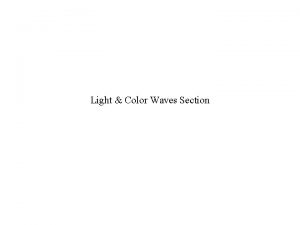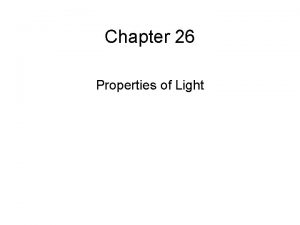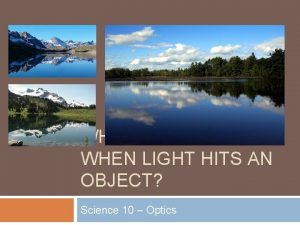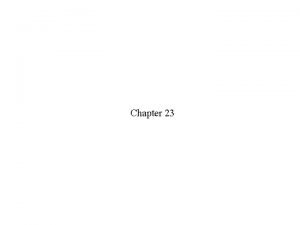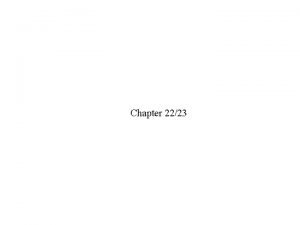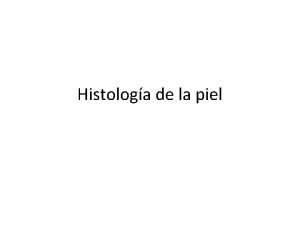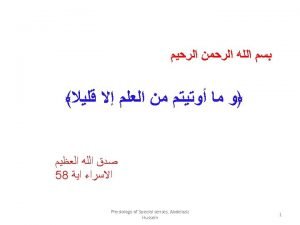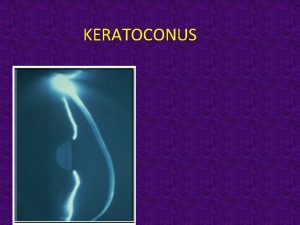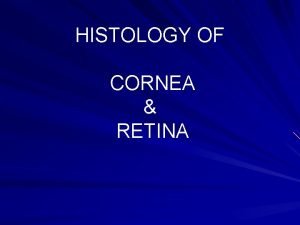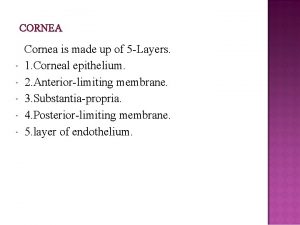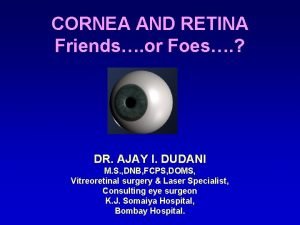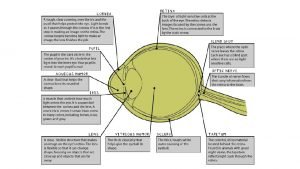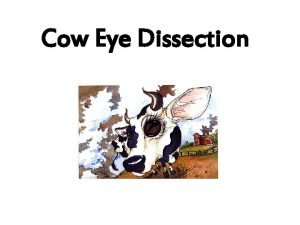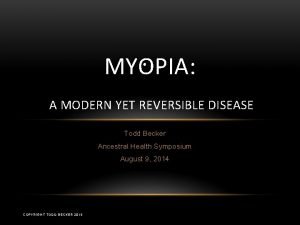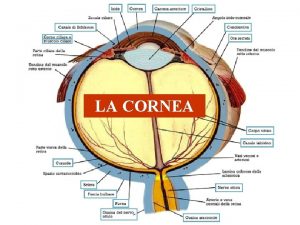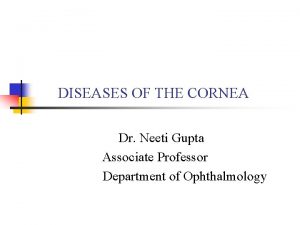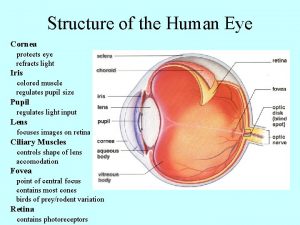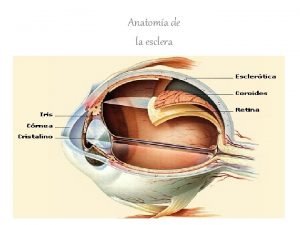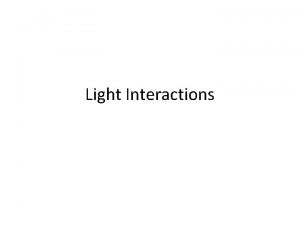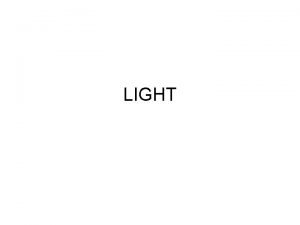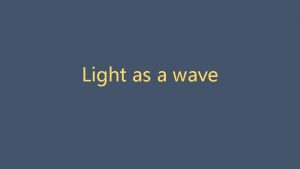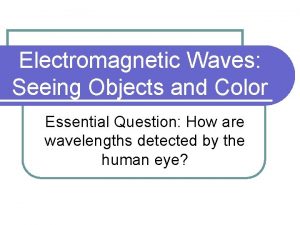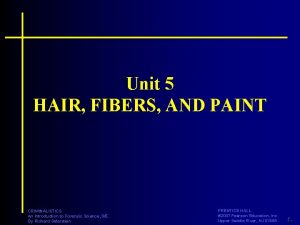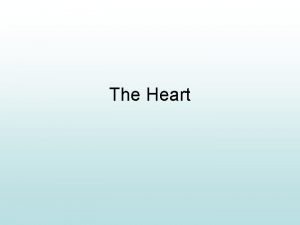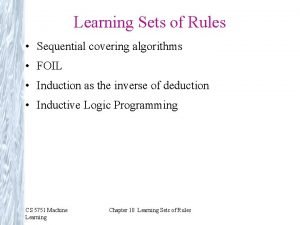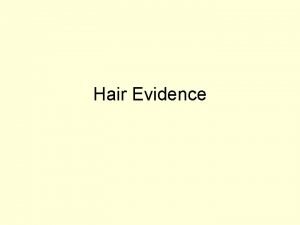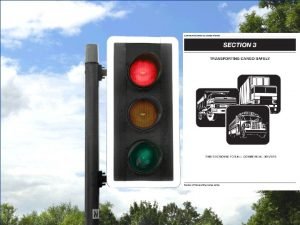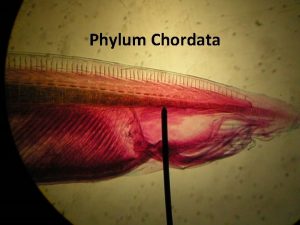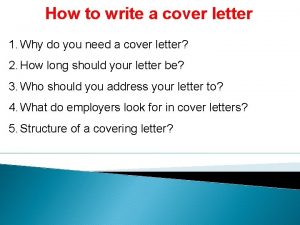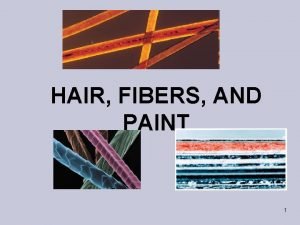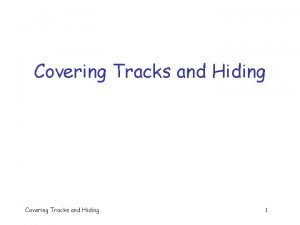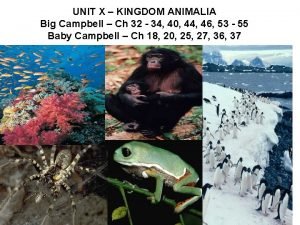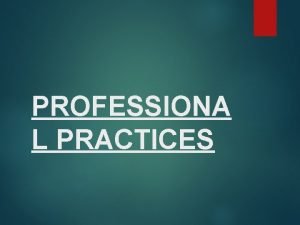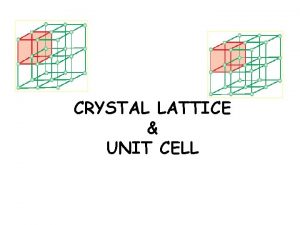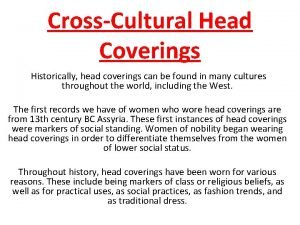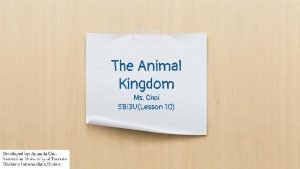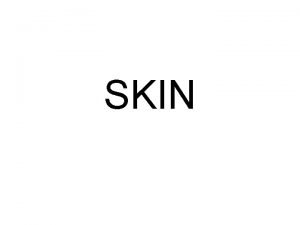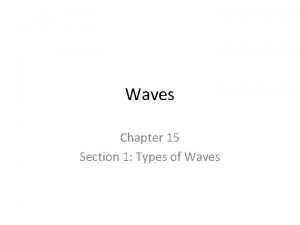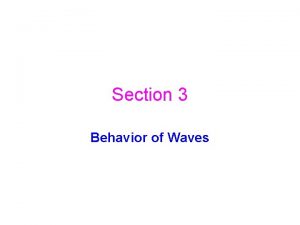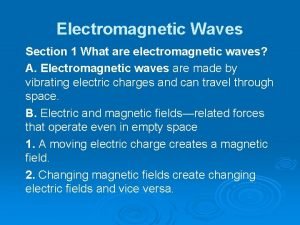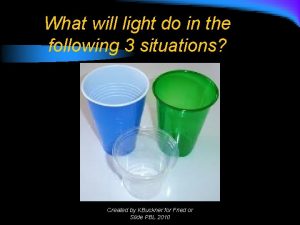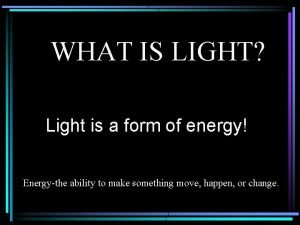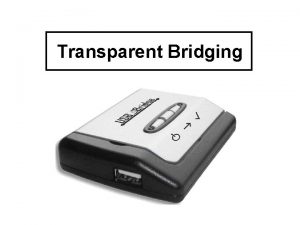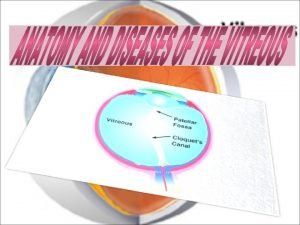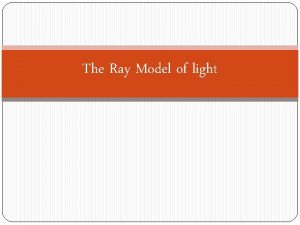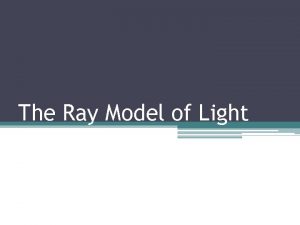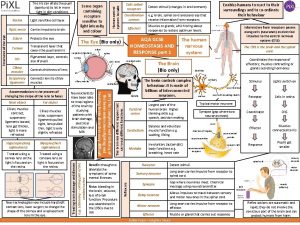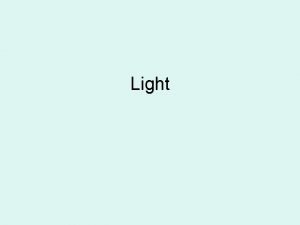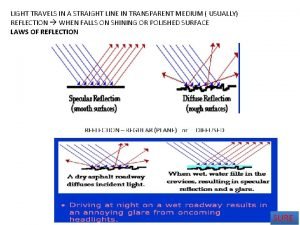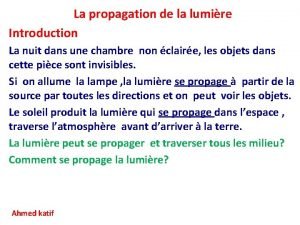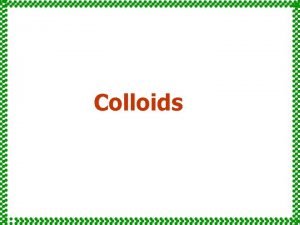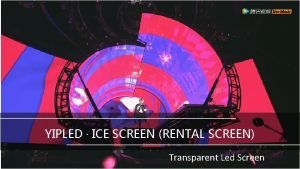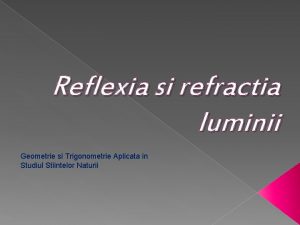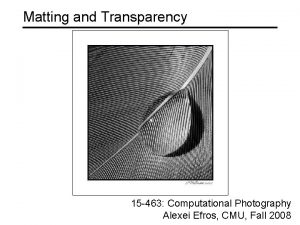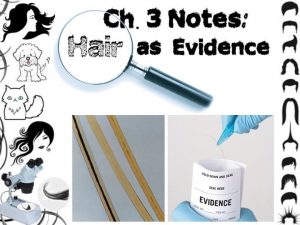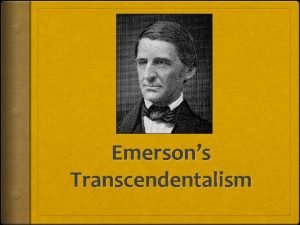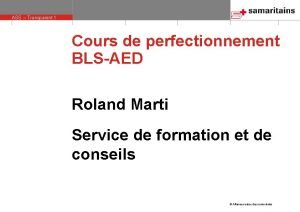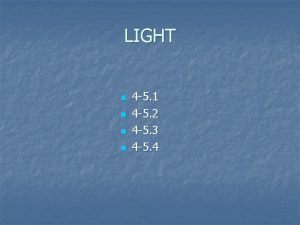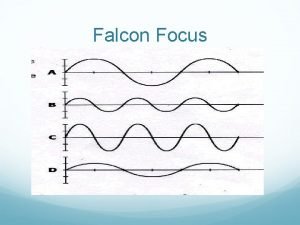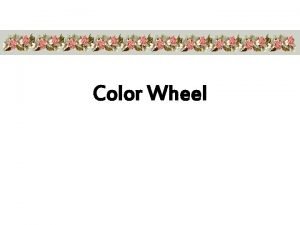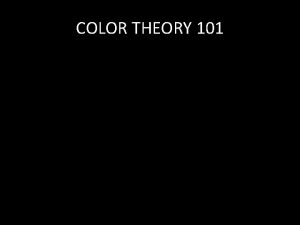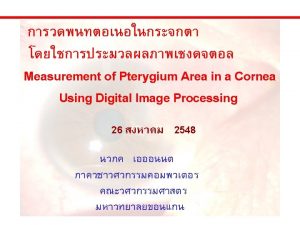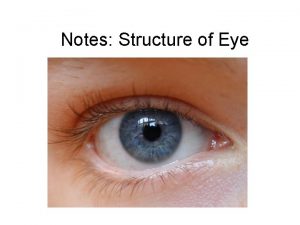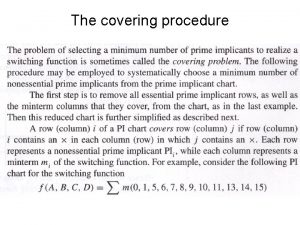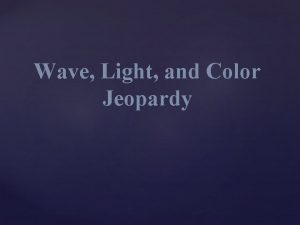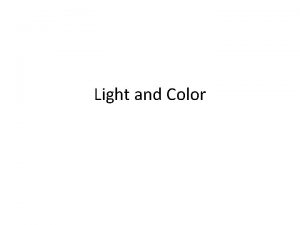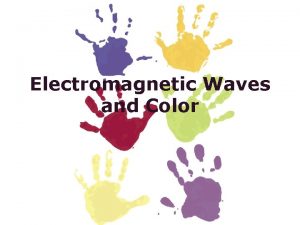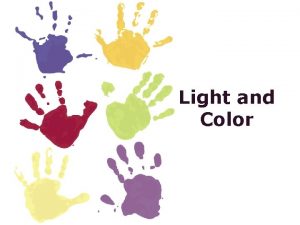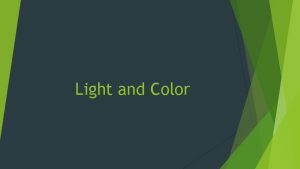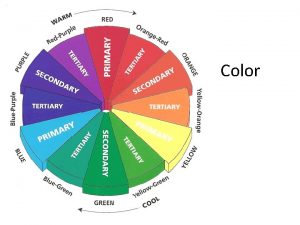Light Color Waves Section Cornea thin transparent covering




















































































































































- Slides: 148

Light & Color Waves Section



• • • Cornea – thin transparent covering Lens – convex, focuses image onto retina Iris – colored ring of the eye Pupil – opening of the eye Retina – back wall of the eye Optic nerve – transports images from eye to brain


What are the 2 main ways that determine the order of the different types of waves in the Electromagnetic spectrum? Do the waves in the EM spectrum travel through conduction, convection, or radiation ?

Electromagnetic Spectrum A radio microwave radar infrared F UV Gamma Rays x- rays

3. We can’t see all the parts of the EM spectrum with just our eyes. Name 2 we can’t see.

The wavelengths of 4 colors in the rainbow

ROY G. BIV 4. Which color has the SMALLEST wavelength? 5. Having the smallest wavelength, does that make for a higher or lower frequency?

6. The colors of the visible spectrum are __, __, __, ___ . and __ ROY G BIV

The three outer colors are the colors of light which pair up to form the interior shades shown. The outside 3 together to make the “white in the middle”

The primary colors of light are ___, ___ and ___. When all three primary colors are combined, _____ is produced. http: //micro. magnet. fsu. edu/primer/java/primarycolors/addit iveprimaries/index. html

The secondary colors of light are ____, ____ and ____. These colors are used in color print ads.

Variations in colors are produced by one of two methods: Color Addition or Color Subtraction

Color Addition the process of combining colors of light to produce other colors

White is not a color but the presence of all the colors of light

Black is not a color, but the absence of all colors

Color of objects

Which method is a process of combining colors of light to produce new colors?

The color of an object is determined by which colors the object absorbs and which it reflects

WHITE LIGHT a red apple absorbs blue and green and reflects red.

RED LIGHT In red light there is no green and blue to be reflected.

Green Light There is no red light to be reflected, so the apple appears black with green leaves.

red + blue = ____ red + green = _______ blue + green = _______


Just the yellow:

Just the yellow & red:

Nearly complete with yellow, red & blue:

Now ready for mailing yellow, red & blue plus some gray and black for shading.

Just the yellow:

Just the yellow & red:

Nearly complete with yellow, red & blue:

Now ready for mailing yellow, red & blue plus some gray and black for shading.

We just saw how colors of light could be combined to make new colors. What about removing certain colors of light and having only other colors remaining? [It’s the process of absorbing colors of light to produce new colors. ] That’s called: _______

Color Subtraction is the process of absorbing colors of light to produce new colors

When you stare at the coming pictures, your eyes will do color subtraction……… you exhaust the ability to see some colors, all that’s left are the other colors…. . Color Subtraction !


• The human eye has cone cells for detecting red, blue, and green light. These cells are used for daylight vision. • Rod cells are used in night vision since they detect only light and dark.

Stare at the center of the circle in the next slide.



Cyan is composed of blue and green. After staring at cyan for a long time, you have exhausted the blue and green cone cells in your eye. Therefore, when you look at white, you see red after staring at cyan. (See #14 a. )

When have you ever experienced this phenomenon?

When someone takes your picture using a flashbulb, you see black spots. The flashbulb exhausted all of the cone cells in your eye so none of them were working for a few moments, and you don’t see any light.

Stare at the center of the circle in the next slide.



Yellow is composed of red and green. After staring at yellow for a long time, you have exhausted the red and green cone cells in your eyes. Therefore, you see blue after staring at yellow. (See #14 b. )

Stare at the center of the circle in the next slide.



Magenta is composed of red and blue. After staring at magenta for a long time, you have exhausted the red and blue cone cells. Therefore, you see green after staring at magenta. (See #14 c. )

Your eyes are capable of more complicated shapes than circles. Stare at the center of the heart on the next slide.



You should have seen a red heart after staring at the cyan heart since you cyan have exhausted the green and blue cone cells from staring at cyan

Stare at the center of the next slide.



You should have seen a green smiley face since your blue and red cone cells were exhausted from staring at the magenta smiley face.

Your eyes are capable of resolving an even more complicated picture. Stare at the center of the next slide.



Your eyes are capable of resolving an even more complicated picture. Stare at the center of the next slide.



The U. S. flag was originally cyan, cyan yellow and black. yellow After it was removed it appeared red, white, and blue. white

If NO color reaches your eyes, since it is absorbed, you see BLACK. If ALL color reflects and reaches your eyes you see WHITE. ( See question # 14 D )

Stare at the center of the even more complicated picture.



Constructive interference When light waves align in sync & the crests overlap crests & Troughs overlap troughs producing a larger wave.

Destructive interference When light waves are out of sync & the crest of one wave overlaps the trough of another. The new wave is either smaller or completely cancelled out

If the crests overlap crests and troughs overlap troughs from 2 different light waves, this creates a larger wave. The vocab term for this is _______. Answer question #15, then check out the website, move the sliders to make the 2 colors the same color to demonstrate this best! http: //micro. magnet. fsu. edu/primer/java/interference/waveinteractions 2/index. html

IF waves are out of sync. That is, crests overlap troughs from different light waves. The new wave is either smaller, or completely cancelled out. The vocab term for this is _______. Answer question #16, then check out the same website, move the sliders to make the 2 different colors the same color to demonstrate this best! http: //micro. magnet. fsu. edu/primer/java/interference/waveinteractions 2/index. html

No Blue light out Blue Light in Outside wall Inside BUBBLE wall Red light in Bright Red out

Polarization Process that produces light traveling in only one plane. This can be accomplished using a polarized filter.



Many sunglasses have polarized lenses.

What process that produces light traveling in only one plane? What types of products have such filters? Click on this hyperlinked address to go to a great interactive website on polarization of light. http: //micro. magnet. fsu. edu/primer/java/polarizedlight/filters/index. html

DIFFRACTION The bending of a wave as it passes an edge or opening

The bending of a sound wave as it passes an edge or an opening is called _____. Can’t light do this too? Check out this cool website, and adjust the colors too. http: //micro. magnet. fsu. edu/primer/java/diffraction/basicdiffraction/index. html



The remaining slides are NOT really in the curriculum for the Waves… Unit. If time allows, have the following to test fun doing yourself for colorblindness!


• Color blindness usually involves the colors of red and green. • Color blindness is found in 4% of the male population and 0. 25% of the female population.

• Color blindness is a sex linked recessive genetic trait that appears on the X chromosome. • Since men have only one X chromosome, if the gene for color blindness appears on it, they will be color blind. • Women have two X chromosomes and it would have to appear on both X chromosomes before the woman would exhibit the trait.


What do you see in the next slide?


• Everyone should have seen the number 25.

What do you see in the next slide?


• If you have normal vision you should see the number 29. • If you are red-green color blind you will probably only see spots.

What do you see in the next slide?


• If you have normal vision you should see the number 45. • If you are red-green color blind you will probably only see spots.

What do you see in the next slide?


• Everyone should see the number 56.

What do you see in the next slide?


• If you have normal vision you should see the number 6. • If you are red - green color blind you will probably only see spots.

What do you see in the next slide?


• If you have normal vision you should see the number 8. • If you are red - green color blind you will probably only see spots.

What NUMBER do you see in the next slide?


• The individual with normal color vision will see a 5 revealed in the dot pattern. • An individual with red - green (the most common) color blindness will see a 2 revealed in the dots.

The following Optical Illusions slides are also for your enjoyment and are NOT really in the Waves, Sound, Light and Color Unit.


• Can you find the old woman and the young girl?

• The old woman is facing the left and wearing a fur coat. • The young woman is facing the back and wearing a necklace.

• Can you find the rabbit and the duck?

• The duck is facing the left and the rabbit is facing the right.

• How many tines are there?

• Notice what looks like a tine on the left turns into empty space on the right.

• What makes up the front of the crate?

• Notice how what is an inside piece on the bottom right turns into an outside piece on the bottom left.

• Are the two lines equal in length?

• YES they are the same length. They appear different lengths because of the arrow heads connected to them.

• What do you see?

• You should see the word LIAR written in cursive and a person’s face.

• Stare at the red parrot for 20 seconds. Then look at the bird cage. You should be able to see the image of a cyan bird in the cage. Then stare at the green parrot for 20 seconds. Then look at the bird cage. You should now see a magenta bird in the cage.

• What do you see?

• There is an Eskimo turned away from you or an Indian facing left.

• Each different picture represents the change of just one line and it transforms the face into a woman kneeling and facing the right side.

• What do you see?

• You should be able to see a woman’s face or a person playing a saxophone.


• How many faces do you see?

• There are three faces there. Two are facing each other and the third is facing forward.

• How many legs does the elephant have?

• Some of what appear to be feet at the bottom of the diagram turn into space at the top and what appears to be legs leaving the body turn into free space at the bottom.


• What do you see in the picture?

• You should be able to see a woman looking in a vanity mirror or a skull.

• What do you see?

• You should be able to see a vase or two people facing each other.

• How many people can you see?

• There are 9 people in the picture.

• What color are the horsemen?

• There are off white horsemen moving to the left and brown horsemen moving to the left.

Dancing… • http: //www. youtube. com/watch? v=We. X 5 wu. Ml 7 lk

The End.
 Thin transparent covering of the eye
Thin transparent covering of the eye Sound waves are electromagnetic waves. true false
Sound waves are electromagnetic waves. true false Corneal light reflex test
Corneal light reflex test Visible light that shines on a pane of transparent glass
Visible light that shines on a pane of transparent glass What happened to light when it hits an object
What happened to light when it hits an object Light light light chapter 23
Light light light chapter 23 Light light light chapter 22
Light light light chapter 22 Light light light chapter 22
Light light light chapter 22 Transverse waves move perpendicular
Transverse waves move perpendicular Energy that travels through
Energy that travels through Mechanical and electromagnetic waves similarities
Mechanical and electromagnetic waves similarities The wave chapter 13
The wave chapter 13 Whats a reflected sound wave
Whats a reflected sound wave Short wave vs long wave radiation
Short wave vs long wave radiation Mechanical waves and electromagnetic waves similarities
Mechanical waves and electromagnetic waves similarities Mechanical vs electromagnetic waves
Mechanical vs electromagnetic waves Similarities of mechanical and electromagnetic waves
Similarities of mechanical and electromagnetic waves Surface waves and body waves
Surface waves and body waves Seismic waves are mechanical waves
Seismic waves are mechanical waves Compare and contrast p waves and s waves using venn diagram
Compare and contrast p waves and s waves using venn diagram Mechanical wave and electromagnetic wave
Mechanical wave and electromagnetic wave Aimtoknow
Aimtoknow Long thin light bulb
Long thin light bulb A long thin light bulb illuminates a vertical aperture
A long thin light bulb illuminates a vertical aperture Cornea verticillata
Cornea verticillata Cornea guttata
Cornea guttata Cornea verticillata
Cornea verticillata Capa cornea de la piel
Capa cornea de la piel How many syllables in temperature
How many syllables in temperature Refracting media of the eye
Refracting media of the eye Oil droplet reflex keratoconus
Oil droplet reflex keratoconus Bowman membrane of cornea
Bowman membrane of cornea 5 layers of the cornea
5 layers of the cornea Oil droplet reflex
Oil droplet reflex Bcop
Bcop Thick tough white outer covering eyeball
Thick tough white outer covering eyeball Cow eye sclera
Cow eye sclera Hiperplasia cornea de la pezuña
Hiperplasia cornea de la pezuña Cornea homály
Cornea homály Cornea guttata
Cornea guttata Print pushing myopia
Print pushing myopia Anello di kayser fleischer
Anello di kayser fleischer Fornix eye
Fornix eye Corneal preservation
Corneal preservation Carcinoma de celulas escamosas
Carcinoma de celulas escamosas Tectonic graft cornea
Tectonic graft cornea Keratitis eyes
Keratitis eyes Stumped corneal opacity
Stumped corneal opacity Crocodile shagreen
Crocodile shagreen Pseudocornea
Pseudocornea Cornea
Cornea Cornea
Cornea Cornea concava
Cornea concava Basal section mineral
Basal section mineral Orthochemical and allochemical
Orthochemical and allochemical Translucent examples
Translucent examples Do all em waves travel at the speed of light
Do all em waves travel at the speed of light A lens that bends light waves inward
A lens that bends light waves inward Wavelength range of electromagnetic wave
Wavelength range of electromagnetic wave Do light waves transfer energy
Do light waves transfer energy Electromagnetic waves seeing objects and color
Electromagnetic waves seeing objects and color Cigna vitamin d policy
Cigna vitamin d policy Cigna policy for cpt 82306
Cigna policy for cpt 82306 A cellular column running through the center of the hair
A cellular column running through the center of the hair Pericardial fluid
Pericardial fluid Induction as inverted deduction in machine learning
Induction as inverted deduction in machine learning What makes hair evidence valuable
What makes hair evidence valuable Formal letter for placing order
Formal letter for placing order Covering of brain
Covering of brain Set covering machine
Set covering machine Signed statement for head covering
Signed statement for head covering Hanging meat as a cargo
Hanging meat as a cargo Notochord in osteichthyes
Notochord in osteichthyes Whats a covering letter
Whats a covering letter What does the medulla do in hair
What does the medulla do in hair Spermatic cord coverings
Spermatic cord coverings Covert_tcp
Covert_tcp Phylum chordata
Phylum chordata Two week notice letter example
Two week notice letter example Oolab
Oolab A shedding of one or more nails either in whole or in part
A shedding of one or more nails either in whole or in part The double layered protective membrane of the lungs
The double layered protective membrane of the lungs Covering octahedral voids
Covering octahedral voids Christian headcovering
Christian headcovering Non chordata
Non chordata Skin
Skin Dartos muscle
Dartos muscle Rigid outer covering of plant cells
Rigid outer covering of plant cells Walking floor profiler
Walking floor profiler Tough outer covering of bone
Tough outer covering of bone Chapter 15 section 1 types of waves answers
Chapter 15 section 1 types of waves answers The behavior of waves section 3
The behavior of waves section 3 Section 1 what are electromagnetic waves
Section 1 what are electromagnetic waves Wave wave repeating
Wave wave repeating Section 1 what are electromagnetic waves
Section 1 what are electromagnetic waves Transparent lan service
Transparent lan service Is lampshade transparent translucent or opaque
Is lampshade transparent translucent or opaque Examples of transparent materials
Examples of transparent materials Transparent translucent
Transparent translucent Tmo: transparent memory offloading in datacenters
Tmo: transparent memory offloading in datacenters Transparent cloud tiering
Transparent cloud tiering Algorithm is used in transparent bridges
Algorithm is used in transparent bridges Transparent assignment template
Transparent assignment template Muscae volitantes
Muscae volitantes Transparent ray model
Transparent ray model Geometric ray model
Geometric ray model Transparent eye layer that protects iris and pupil
Transparent eye layer that protects iris and pupil These are massless bundles of concentrated energy
These are massless bundles of concentrated energy Refractive index of slimline 750
Refractive index of slimline 750 Le milieu translucide
Le milieu translucide Transparent ray model
Transparent ray model Effective frequent-shopper programs are transparent.
Effective frequent-shopper programs are transparent. Transparent syllables
Transparent syllables Disadvantages of transparent concrete
Disadvantages of transparent concrete Disadvantages of transparent concrete
Disadvantages of transparent concrete What is transparent bridge mode
What is transparent bridge mode Transparent awards
Transparent awards Blacks classification
Blacks classification Type of colloid
Type of colloid Transparent touchscreen display rental
Transparent touchscreen display rental Digital transparent processor
Digital transparent processor Raza incidenta
Raza incidenta Semi transparent
Semi transparent Three basic scale patterns hair
Three basic scale patterns hair Transcendentalism symbol
Transcendentalism symbol Ass transparent
Ass transparent Liquide transparent
Liquide transparent Transparent command prompt
Transparent command prompt Apitde
Apitde Transparent labels
Transparent labels Robert rauschenberg riding bikes
Robert rauschenberg riding bikes Transparent firewall merupakan
Transparent firewall merupakan Cloudera
Cloudera Efficient, transparent, and equitable
Efficient, transparent, and equitable Transparent swimwear
Transparent swimwear Transparent vs routed firewall mode
Transparent vs routed firewall mode Translucent material
Translucent material Winbox demo
Winbox demo Transparent translucent opaque
Transparent translucent opaque Transparent bridges
Transparent bridges 聯易科技股份有限公司
聯易科技股份有限公司 Put out the light then put out the light
Put out the light then put out the light Difference between light dependent and light independent
Difference between light dependent and light independent Or the bending of light and the bouncing off of light
Or the bending of light and the bouncing off of light What materials can block the light
What materials can block the light Light strikes
Light strikes Bread toasting: gas formation color change light emission
Bread toasting: gas formation color change light emission Polychromatic color harmony
Polychromatic color harmony Light theory
Light theory
